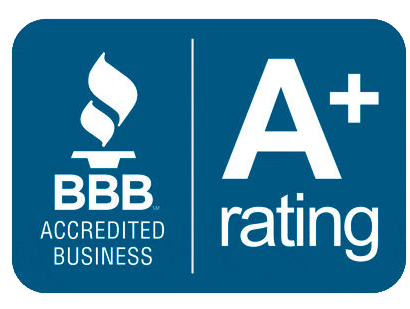Why AEDs are needed in Rural Areas
Across America there are numerous rural communities spread far and wide from one another. Unfortunately, the delayed arrival of Emergency Medical Services (EMS) in these areas is a longstanding issue especially in the event of Sudden Cardiac Arrest (SCA) where every minute counts. The implementation of Automated External Defibrillators (AEDs) is a revolutionary step in enhancing emergency response. In this blog we’ll explore the pivotal role of AEDs in rural areas and their profound impact.
The Essential Need for Swift Medical Response
Imagine living on a farm where your closest neighbor isn’t for miles. If you experience cardiac arrest and after calling 911 you can wait over 10 minutes for help to arrive. This scenario is very real for those living in rural areas.
Time is of the essence when someone falls victim to SCA. For every minute that goes by without CPR and defibrillation, the chance of survival drops 10 percent. According to an article published by the National Library of Medicine, In rural areas, EMS response times are typically more than 14 minutes* because they have to cover longer distances in their communities.
Rural AEDs: Bridging the Gap
AEDs are lightweight portable devices that are made to save lives in the event of someone experiencing cardiac arrest. AEDs are able to be used on individuals of all ages, from children to adults, with the correct electrode pad for the victim. By positioning AEDs in rural areas the gap until professional help arrives is significantly decreased.
Impact of AED Technology
Advancements in technology have significantly enhanced the functionality of AEDs in rural areas. Features like voice guidance and visual prompts ensure that even those without formal training can use the devices effectively. Additionally, some AEDs such as the Zoll AED 3 offer a universal electrode pad that can be used on both Adults and Children, eliminating the need for carrying two separate pads. The line of HeartSine AEDs have a long pad and battery lifespan that reduces maintenance costs. These units also have an Ingress Protection (IP) rating of 56 making them some of the most durable units available.
Other Emergency Essentials
In addition to AEDs, rural areas could benefit from emergency devices to save lives in critical situations until EMS arrives. The LifeVac, a rescue suction device, offers a simple yet effective solution to a choking emergency, providing a non-invasive way to clear the airway when traditional methods fail. Similarly, Stop the Bleed kits are invaluable in rural settings, where medical help might be delayed. These kits contain essential tools like tourniquets, pressure dressings, and hemostatic agents to control severe bleeding. Both the LifeVac and Stop the Bleed kits embody the principle of being prepared for emergencies, ensuring that individuals can take immediate action to save lives, even in the most remote locations.












